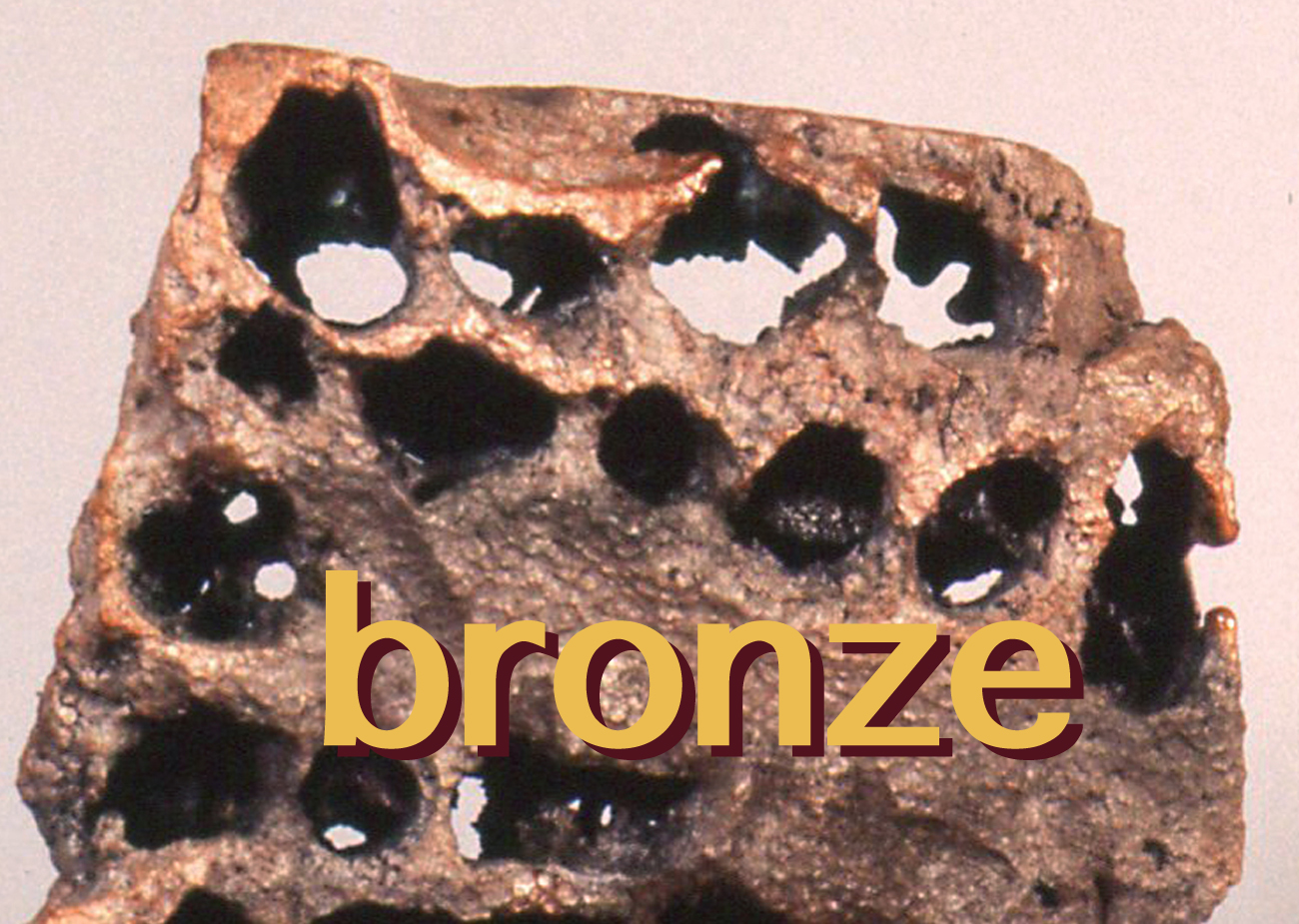drips, front, 1987, bronze, 41 cm high, cast with ‘lost wax’ method, which involves coating the wax model with a ceramic slurry, firing it to harden the ceramic and melt out the wax, then pouring bronze in to replace the ‘lost’ wax. For the drips, I cut long strips of wax and applied them to the figure’s surface.


